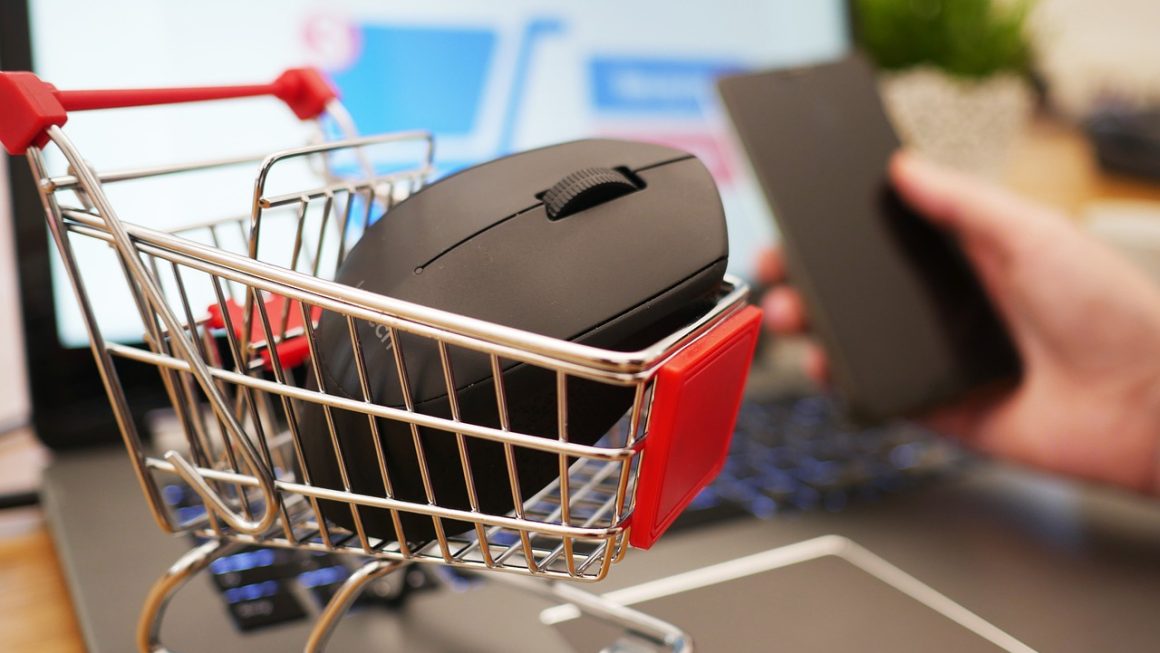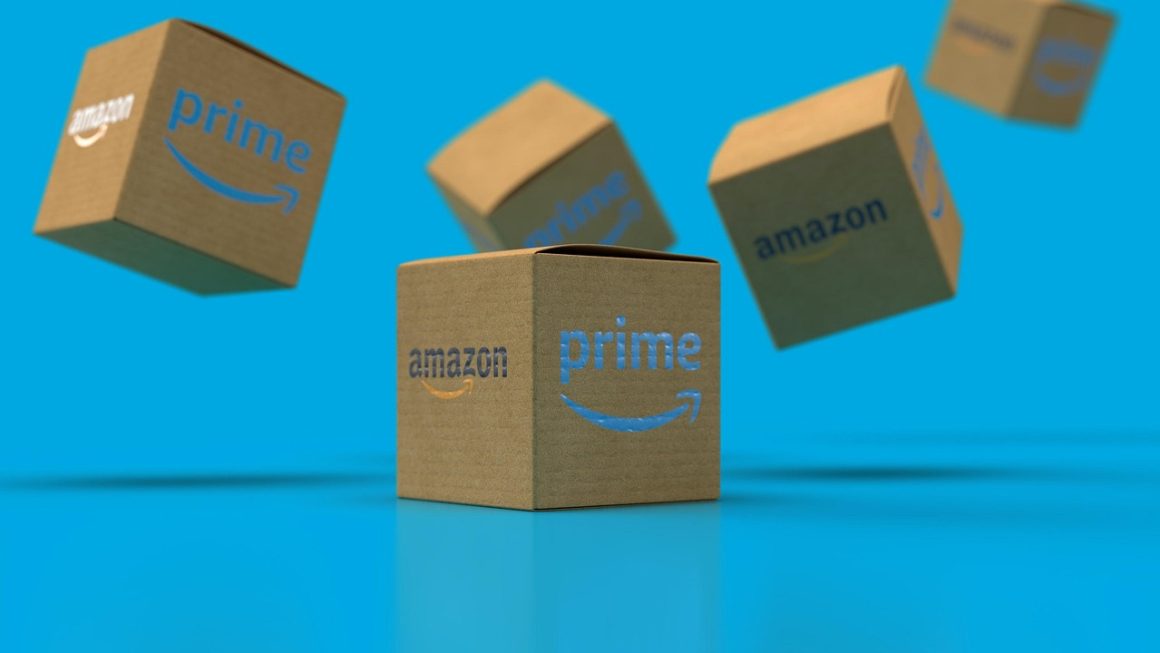Ready to launch your online business but feeling overwhelmed by the technicalities? Shopify could be your answer. This comprehensive guide will walk you through everything you need to know about this leading e-commerce platform, from setting up your store to scaling your business for long-term success. We’ll explore its features, pricing, and how it empowers entrepreneurs worldwide.
What is Shopify?
Shopify is a fully hosted e-commerce platform that allows individuals and businesses to create and manage their own online stores. It provides all the tools and services needed to build a professional-looking online store, process payments, manage inventory, and handle shipping, all in one place. Essentially, it’s your all-in-one solution for selling online.
Shopify’s Core Features
- Storefront Creation: Choose from a wide range of customizable themes to create a visually appealing and branded online store. No coding experience required!
- Product Management: Easily add, edit, and organize your products with detailed descriptions, images, and pricing options. Manage inventory levels and track sales performance.
- Payment Processing: Accept a variety of payment methods including credit cards, PayPal, and even cryptocurrency with Shopify Payments.
- Shipping and Fulfillment: Integrate with shipping carriers like USPS, UPS, and FedEx to calculate shipping rates, print labels, and track orders. Explore dropshipping options for simplified fulfillment.
- Marketing Tools: Drive traffic to your store with built-in SEO features, email marketing integrations, and social media marketing tools.
- Reporting and Analytics: Track your store’s performance with detailed reports on sales, traffic, and customer behavior. Use this data to make informed business decisions.
- Example: Imagine you’re selling handmade jewelry. With Shopify, you can easily upload pictures of your necklaces and earrings, write compelling descriptions highlighting the unique materials and craftsmanship, set prices, and manage your stock. You can even offer free shipping on orders over a certain amount to incentivize purchases.
Why Choose Shopify?
There are several reasons why Shopify is a popular choice for e-commerce entrepreneurs:
- Ease of Use: Shopify’s intuitive interface makes it easy to set up and manage your store, even if you have no prior experience.
- Scalability: Shopify can handle businesses of all sizes, from small startups to large enterprises.
- Security: Shopify provides secure hosting and payment processing to protect your customers’ data.
- 24/7 Support: Shopify offers 24/7 support via phone, email, and chat.
- App Ecosystem: Extend the functionality of your store with thousands of apps available in the Shopify App Store.
Shopify Pricing and Plans
Shopify offers a variety of pricing plans to suit different business needs. Understanding these plans is crucial for making the right investment.
Understanding Shopify’s Tiered Plans
- Shopify Lite ($9/month): Allows you to sell products on an existing website or social media. It doesn’t provide a full online store but offers a “Buy Button” for integrating products elsewhere.
- Basic Shopify ($39/month): Ideal for new businesses just starting out. It includes all the essential features for building and managing an online store.
- Shopify ($105/month): Suited for growing businesses with more advanced reporting and lower transaction fees.
- Advanced Shopify ($399/month): Designed for established businesses that require advanced features like custom reporting and third-party calculated shipping rates.
- Shopify Plus (Custom Pricing): Enterprise-level solution for high-volume merchants with complex needs.
- Practical Example: A small business just starting out might opt for the Basic Shopify plan, while a larger business with higher sales volume and a need for detailed analytics might choose the Shopify or Advanced Shopify plan.
Factors to Consider When Choosing a Plan
- Sales Volume: Higher sales volumes often justify the higher-priced plans due to lower transaction fees.
- Features Required: Determine which features are essential for your business, such as advanced reporting or third-party shipping integration.
- Budget: Consider your budget and choose a plan that fits within your financial constraints.
- Growth Plans: Think about your future growth plans and choose a plan that can accommodate your expanding business.
Setting Up Your Shopify Store: A Step-by-Step Guide
Creating your Shopify store can seem daunting, but these steps will simplify the process.
Store Setup Essentials
Optimizing Your Store for Conversions
- High-Quality Product Images: Use high-quality images that showcase your products from different angles.
- Compelling Product Descriptions: Write detailed and engaging product descriptions that highlight the benefits of your products.
- Clear Call-to-Actions: Use clear and concise call-to-actions such as “Add to Cart” or “Buy Now.”
- Mobile-Friendly Design: Ensure that your store is mobile-friendly, as many customers will be browsing and purchasing on their mobile devices.
- Customer Reviews: Encourage customers to leave reviews, as positive reviews can increase trust and credibility.
Shopify Apps and Integrations
Shopify’s app store is a treasure trove of tools that can extend your store’s functionality and enhance the customer experience.
Exploring the Shopify App Store
The Shopify App Store offers thousands of apps that can help you with everything from marketing and sales to shipping and customer service.
- Marketing Apps: Klaviyo for email marketing, Privy for pop-ups and email capture, and AdRoll for retargeting ads.
- Sales Apps: Bold Commerce for upselling and cross-selling, and AfterShip for order tracking.
- Shipping Apps: Shippo for discounted shipping rates and Easyship for international shipping.
- Customer Service Apps: Zendesk for customer support tickets and Tidio for live chat.
- SEO Apps: SEO Optimizer for optimizing your store for search engines and Plug in SEO for identifying and fixing SEO issues.
Leveraging Apps for Growth
- Automate Tasks: Use apps to automate repetitive tasks such as email marketing and inventory management.
- Improve Customer Experience: Use apps to provide better customer service and enhance the shopping experience.
- Increase Sales: Use apps to upsell and cross-sell products, offer discounts and promotions, and improve conversion rates.
- Example: A store selling clothing might use a size chart app to help customers find the right fit, reducing returns and improving customer satisfaction.
Shopify SEO: Driving Traffic to Your Store
Having a great store is only half the battle; you need to attract customers. Shopify’s built-in SEO features, combined with best practices, can help you rank higher in search engine results.
Shopify SEO Basics
- Keyword Research: Identify the keywords that your target audience is using to search for your products.
- On-Page Optimization: Optimize your product titles, descriptions, and image alt tags with relevant keywords.
- Mobile Optimization: Ensure that your store is mobile-friendly, as Google prioritizes mobile-first indexing.
- Site Speed: Optimize your store’s loading speed, as site speed is a ranking factor.
- Link Building: Build high-quality backlinks from other websites to improve your store’s authority.
Advanced SEO Strategies
- Content Marketing: Create valuable and informative content that attracts and engages your target audience.
- Schema Markup: Implement schema markup to provide search engines with more information about your products and services.
- Local SEO: Optimize your store for local search if you have a physical storefront.
- Analytics Tracking: Track your SEO performance with Google Analytics and Google Search Console.
- Actionable Tip: Regularly review your Google Analytics data to identify areas for improvement and track the effectiveness of your SEO efforts.
Conclusion
Shopify is a powerful and versatile platform that empowers entrepreneurs to build and grow successful online businesses. From its intuitive interface to its extensive app ecosystem, Shopify provides all the tools and resources you need to create a thriving online store. By understanding its features, pricing plans, and best practices, you can leverage Shopify to achieve your e-commerce goals and reach your target audience. Whether you’re just starting out or looking to scale your existing business, Shopify offers a solution that can help you succeed in the competitive world of online retail.




